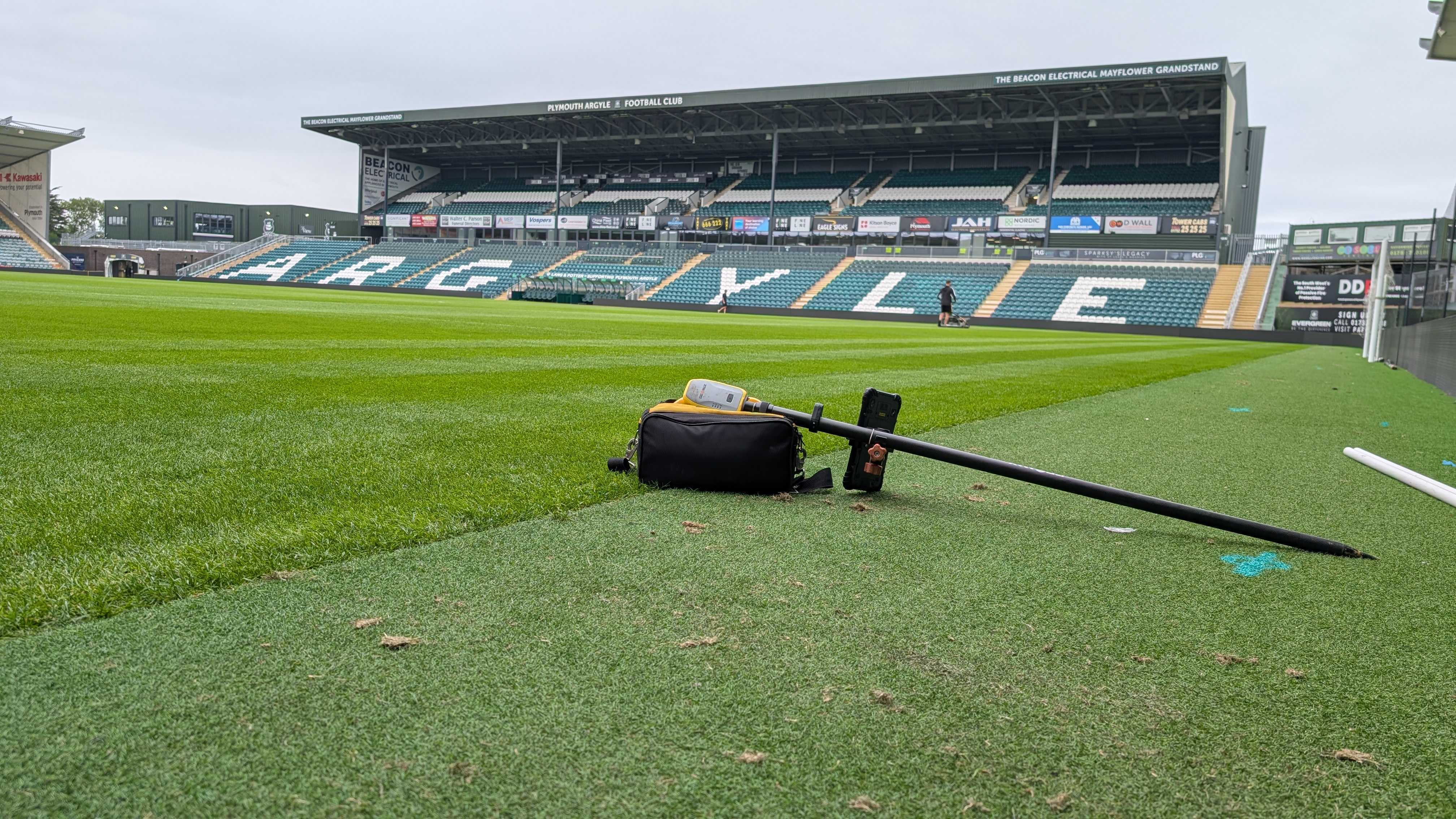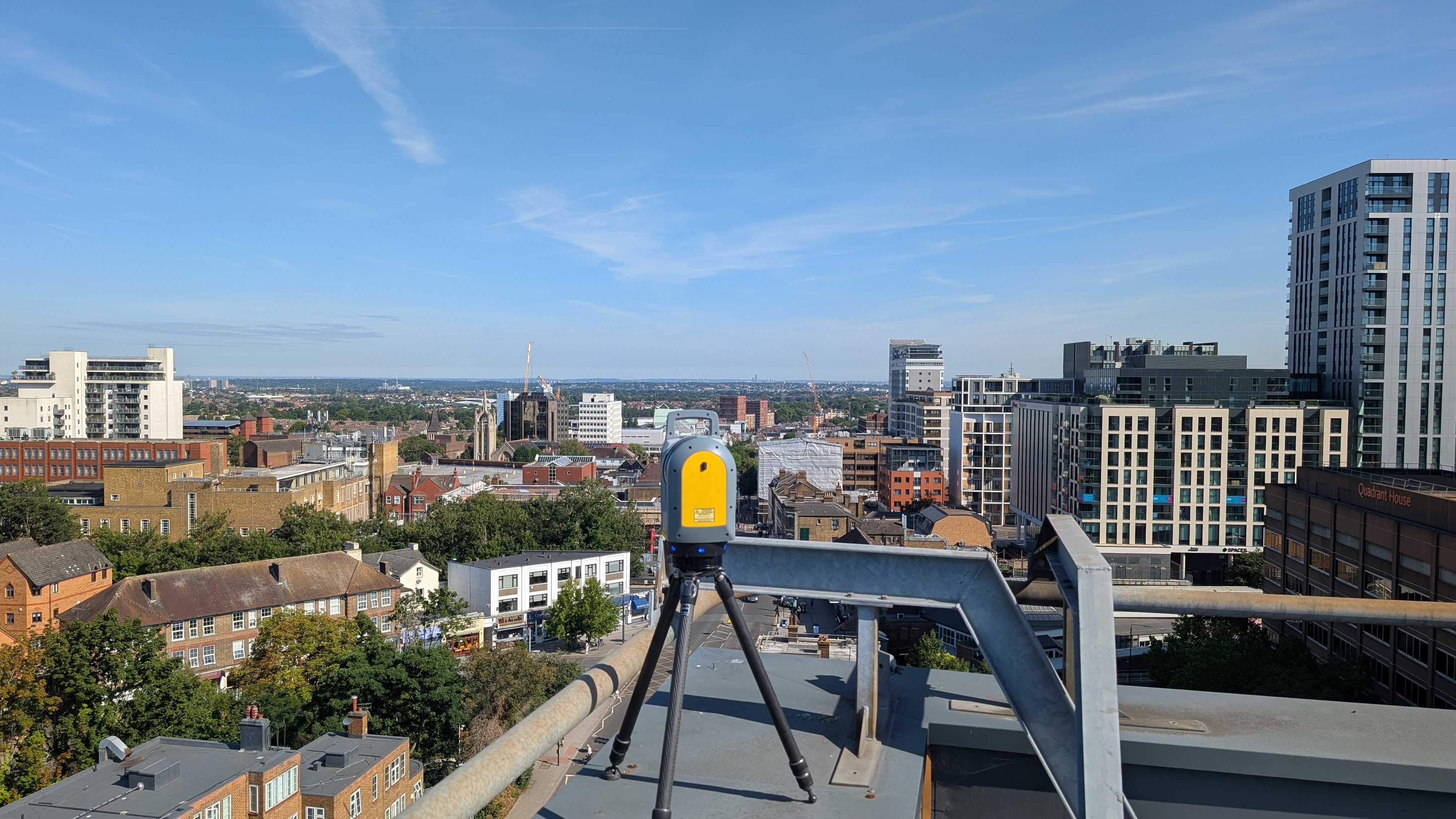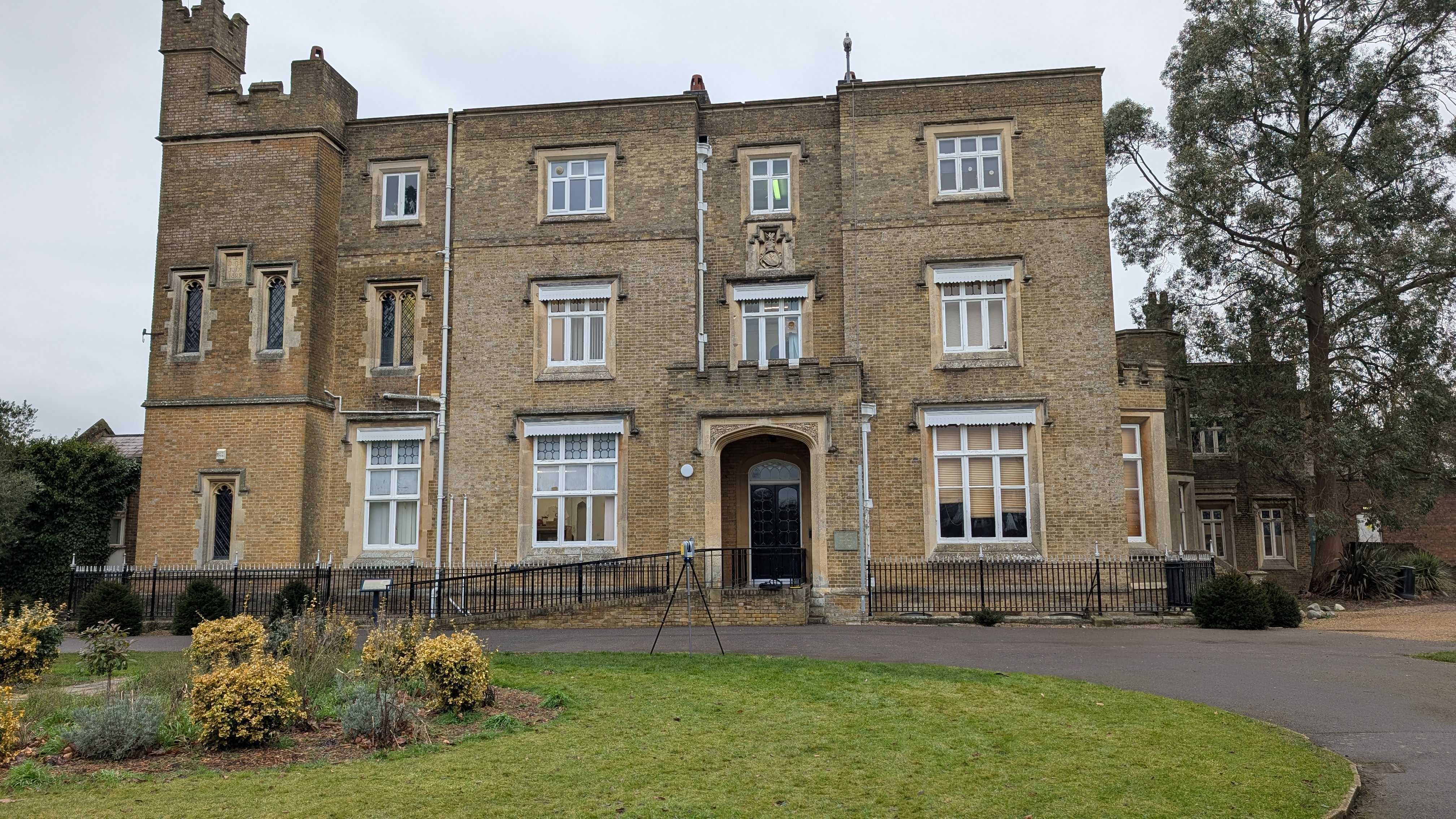Understanding and interpreting key measurements such as Eastings, Northings, and Elevation is crucial for accurately assessing a structure's condition and making informed decisions.
However, the sheer volume and complexity of data can be overwhelming, even for seasoned professionals.
This blog aims to demystify the core measurements used in structural monitoring, offering clear explanations of their significance. Whether you are an engineer, project manager, or simply someone interested in the health of your infrastructure, this guide will equip you with the knowledge to decode structural monitoring data effectively.
Key Measurements In Structural Monitoring
Interpreting structural monitoring data begins with understanding the core measurements: Eastings, Northings, and Elevation. These measurements provide essential insights into the condition and stability of structures.
Eastings
Eastings refer to the lateral movements of a structure, measured along the east-west axis. This measurement indicates shifts or displacements that occur horizontally. Lateral movements can be caused by various factors, including soil settlement, seismic activity, or external loads.
For example, significant changes in Eastings could signal that a building is experiencing uneven settlement, which might lead to structural stress or cracks. Monitoring these shifts allows engineers to detect early signs of potential instability and take corrective measures to prevent further damage.
Northings
Northings measure the longitudinal movements of a structure along the north-south axis. Similar to Eastings, this measurement tracks horizontal displacements but in a different directional plane. Longitudinal shifts can result from similar factors such as ground movement or structural loads.
Monitoring Northings is crucial for understanding the comprehensive movement patterns of a structure. For instance, consistent shifts in Northings over time may indicate progressive tilting or leaning of a building, which could compromise its structural integrity if not addressed promptly.
Elevation
Elevation measures the vertical movement of a structure. Changes in Elevation are critical indicators of subsidence, heaving, or other vertical displacements. These movements can be caused by various factors, including ground settlement, load distribution changes, or geological activities.
For example, a drop in Elevation measurements might suggest that a structure is experiencing ground subsidence, potentially leading to foundational issues. Conversely, an upward shift could indicate heaving, which might be due to swelling soils or frost action. Monitoring these vertical changes helps in identifying and mitigating risks associated with ground movement and structural deformation.
By understanding these key measurements—Eastings, Northings, and Elevation—stakeholders can gain a comprehensive view of a structure’s behaviour over time.
Pain Points In Interpreting Structural Monitoring Data
Several pain points often complicate the interpretation of data, making it challenging for professionals and stakeholders to leverage it effectively.
- Complexity of Data
- Uncertainty About Data Significance
- Inconsistent Data Presentation
- Limited Accessibility for Non-Experts
So, how can Intersect Surveys help you overcome these pain points?
How Intersect Surveys Ensures You Understand Your Survey Data
At Intersect Surveys, we recognise that the true value of structural monitoring lies in not just collecting data, but in interpreting it accurately and making it accessible for all stakeholders.
Our comprehensive approach to data management and interpretation ensures that you receive clear, actionable insights to maintain the integrity and safety of your structures.
Expert Data Analysis and Interpretation
Our team of engineering experts possesses extensive knowledge and experience in environmental and structural monitoring. We analyse this data thoroughly, identifying patterns and trends that may indicate potential issues. Our experts provide detailed reports with clear explanations, so you understand what the data means for your structure's health.
Real-Time Data Access
Understanding the importance of timely information, we offer both manual and automated web-based solutions that allow you to view and download survey data in real-time.
Proactive Risk Management
By providing clear, actionable insights from our monitoring data, Intersect Surveys helps you proactively manage risks. We interpret trends and potential issues early on, allowing for timely interventions that prevent minor problems from escalating.
Conclusion
Intersect Surveys is committed to simplifying structural data for you. Through expert analysis, real-time data access, user-friendly presentations, and dedicated support, we ensure that you can confidently interpret and utilise your structural monitoring data.
Trust Intersect Surveys to turn complex data into clear, actionable insights. Get in touch today!
FAQs
1. What are Eastings, Northings, and Elevation, and why are they important in structural monitoring?
Eastings, Northings, and Elevation are key measurements in structural monitoring that provide insights into the movement and stability of a structure. Eastings measure lateral movements along the east-west axis, Northings track longitudinal movements along the north-south axis, and Elevation monitors vertical movements. Understanding these measurements is crucial for detecting shifts, tilting, or subsidence in a structure, allowing for early intervention and prevention of potential damage.
2. Why is structural monitoring data often difficult to interpret, and how does Intersect Surveys help?
Structural monitoring data can be complex due to the volume of information, the technical nature of the measurements, and inconsistent data presentation. Intersect Surveys helps by providing expert analysis and interpretation of the data, ensuring that the information is presented clearly and accessibly. Our team of engineers offers detailed reports with actionable insights, making it easier for stakeholders to understand the condition of their structures and take appropriate actions.
3. How does Intersect Surveys ensure that stakeholders can access and understand their structural monitoring data?
Intersect Surveys ensures that stakeholders can access and understand their structural monitoring data through real-time data access and expert analysis. We offer web-based solutions that allow users to view and download data in real-time, ensuring timely information is available. Additionally, our engineering experts provide thorough analysis and clear explanations, making the data understandable and actionable for all stakeholders, regardless of their technical background.








